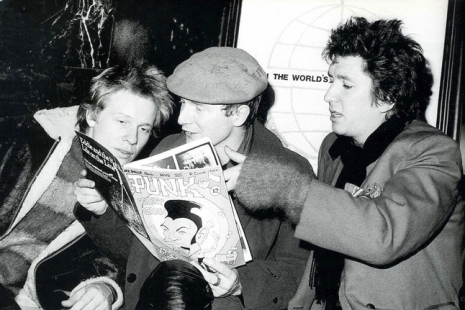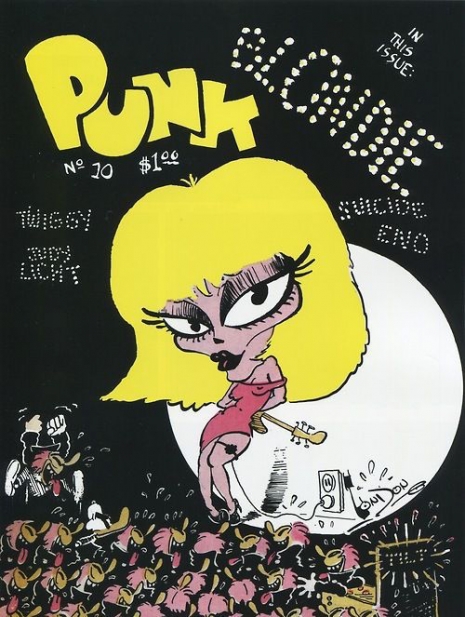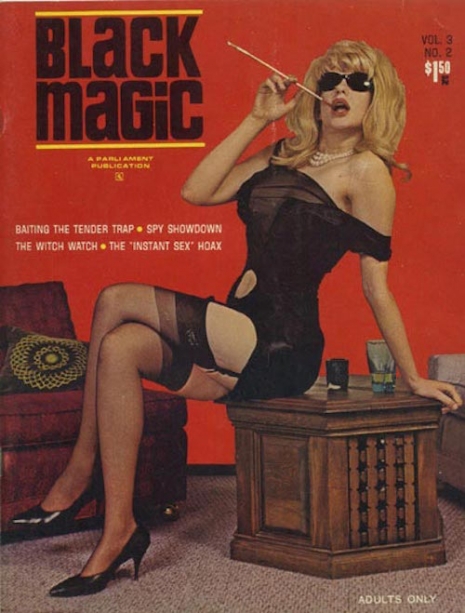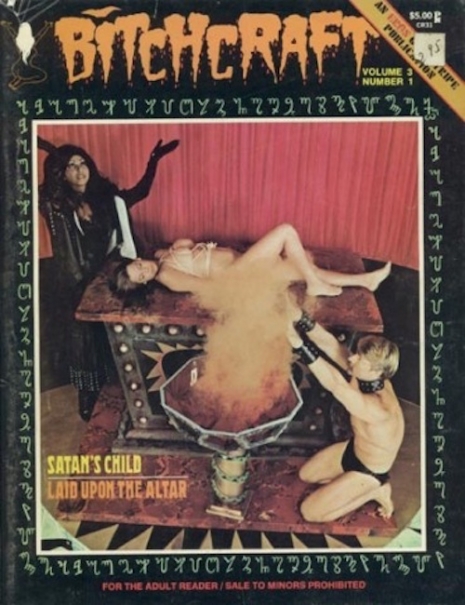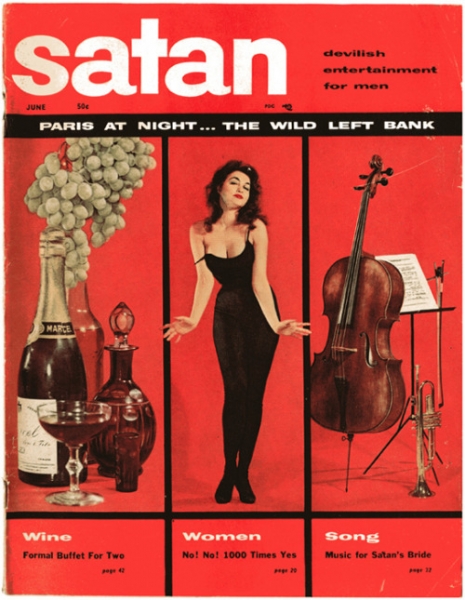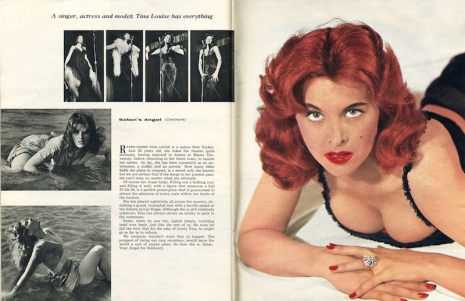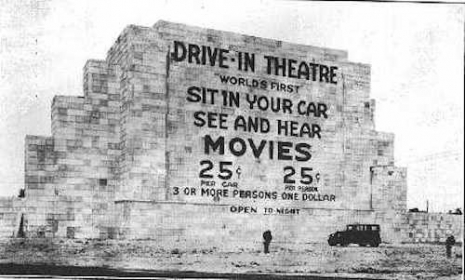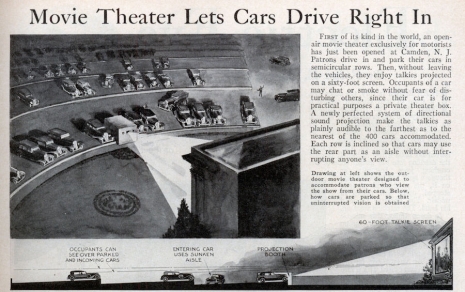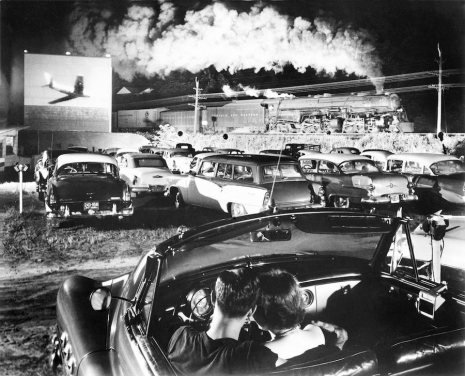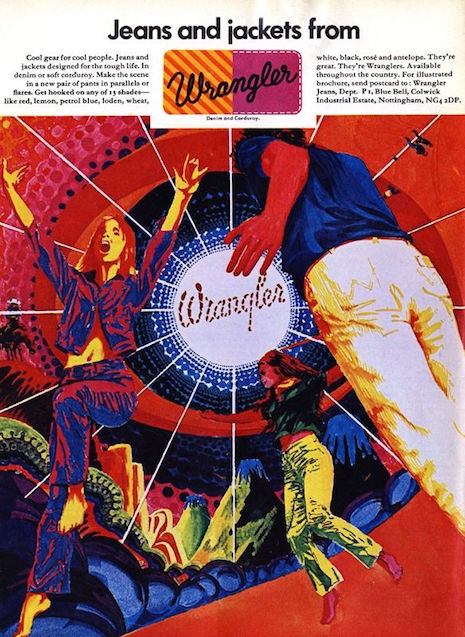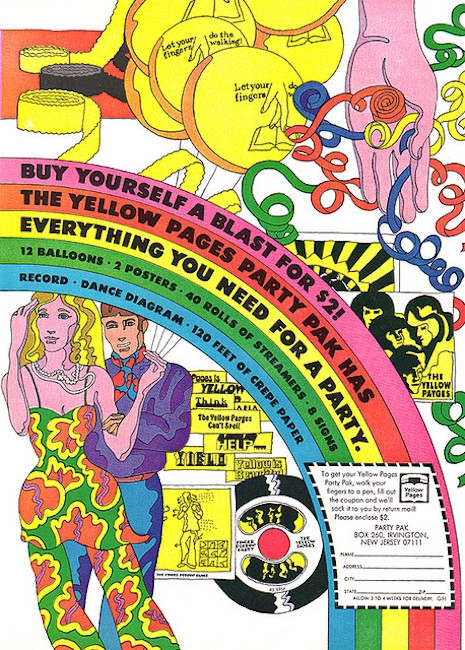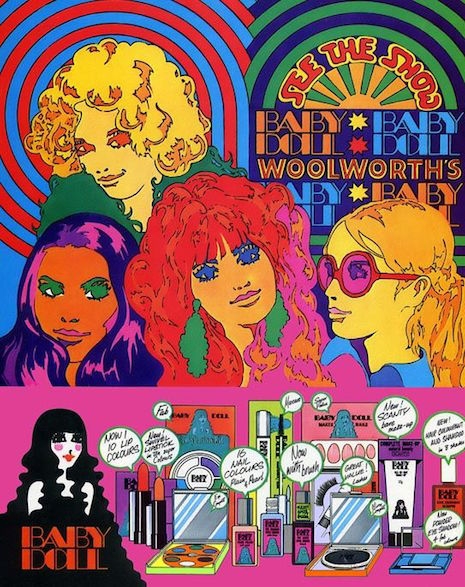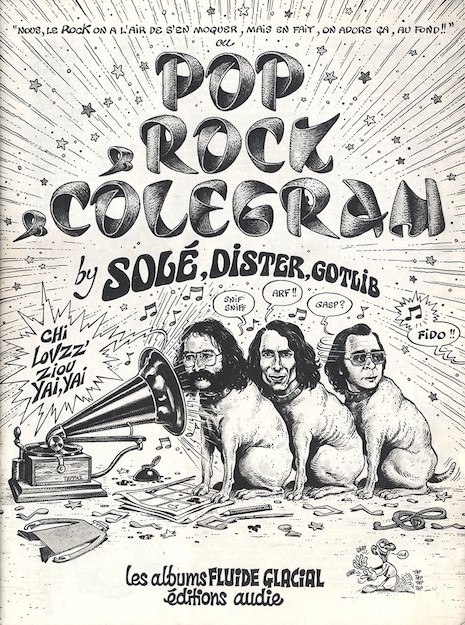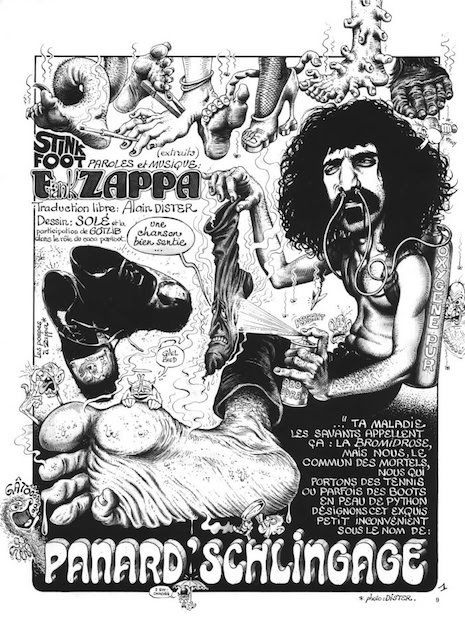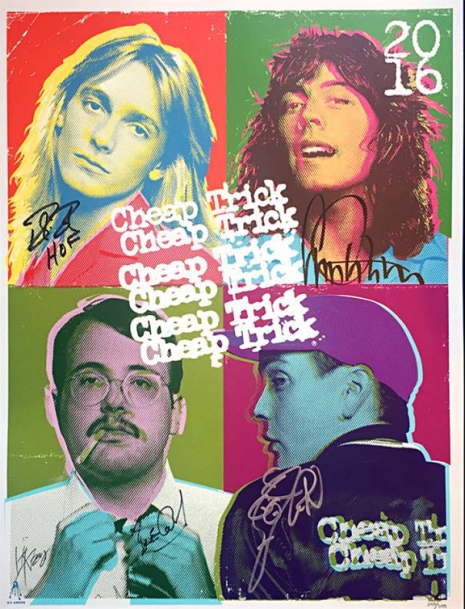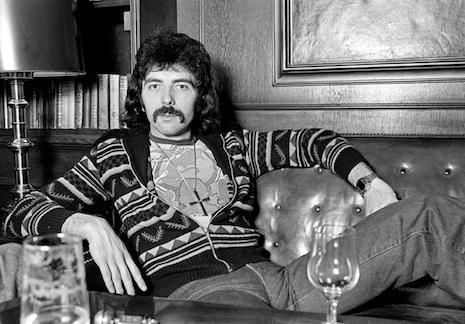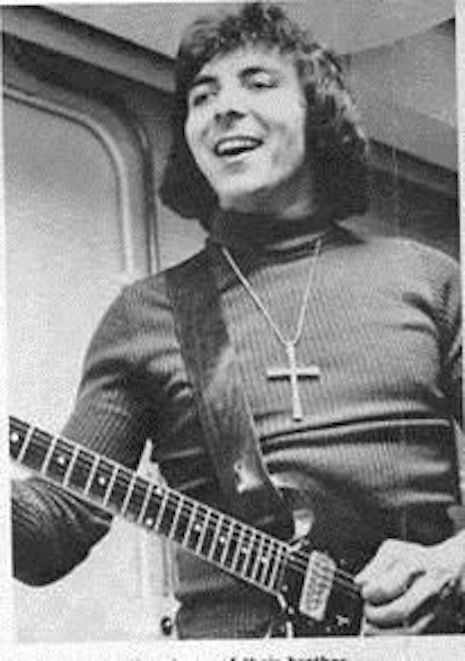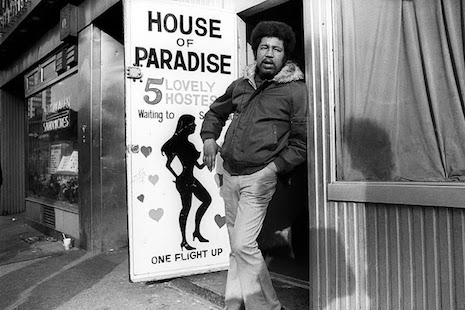
Elf.
Like many of our DM readers I’m a huge fan of everything that the late Ronnie James Dio did during his time walking among us mere mortals. Dio’s love of music started early and by the late 50’s at the age of fifteen he was already gigging regularly with a band. When it came time for Dio to graduate high school he apparently turned down a scholarship (which he earned for playing the trumpet, a discipline that Dio credited his powerful vocal range to) at the plush and prestigious Juilliard School to pursue a career in rock and roll. The band that Dio started out with, The Vegas Kings went through several name/lineup changes until they ended up settling on the proggy sounding The Electric Elves that in turn evolved into the more metal-edged sounding moniker Elf sometime in the early part of 1970s.
Once the 70s rolled around Dio (and most of the rest of Elf) ended up hooking up with one of the guitar gods Dio would perform with during his career Ritchie Blackmore, and that relationship produced three Rainbow albums including one of my favorite records of all time 1978’s Long Live Rock ‘n’ Roll. The reason I’m giving you my take on what the heavy metal history books refer to as Ronnie James Dio 101 is because when I mentioned in the title of this post that Dio was “covering” Black Sabbath I thought it might cause a few of our readers to throw a massive lump of “duh” in my general direction. But this is RJD circa 1972—a full seven years before he would front the sludgy outfit after Sabbath fired Ozzy who had become so “undependable” in 1979 that he stopped showing up to most of the band’s rehearsals. So to hear Elf along with Dio slaying one of Sabbath’s most epic jams, 1970’s “War Pigs” for a full nine-minutes in 1972 is rather surreal to say the least.
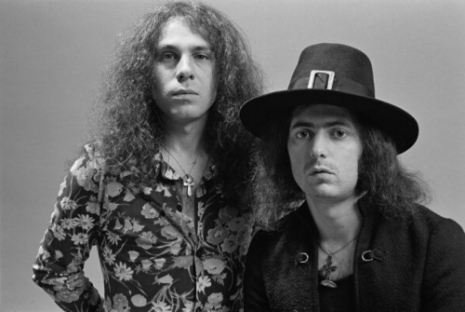
Ronnie James Dio, Ritchie Blackmore and Mr. Blackmore’s very metal Pilgrim hat.
The other notable covers that Elf performed live and recorded as demos back in 1972 (that became the bootleg known as Elf: War Pigs ‘72) are a mish-mash of hits from bands like The Who, Jethro Tull, Led Zeppelin and even the odd Rod Stewart song. As a forever fan of all things Black Sabbath it’s nothing short of thrilling to listen to Dio take on Chuck Berry’s 1959 classic “Little Queenie” and win. I’m not going to go so far as to tell you that the all of the recordings are good, because they aren’t. But I did post a few of my favorite tracks from War Pigs ‘72 and feel like it’s an interesting snapshot into where Dio was headed and something that any hardcore fan of RJD would brag about owning just for its high (and slightly odd) nostalgia factor. I also included an original Elf track called “Driftin” which is a dreamy track reminiscent of Queen that really showcases Dio’s remarkable vocal range. Devil horns OUT!
Listen to early Ronnie James Dio after the jump…







